SCROLL DOWN
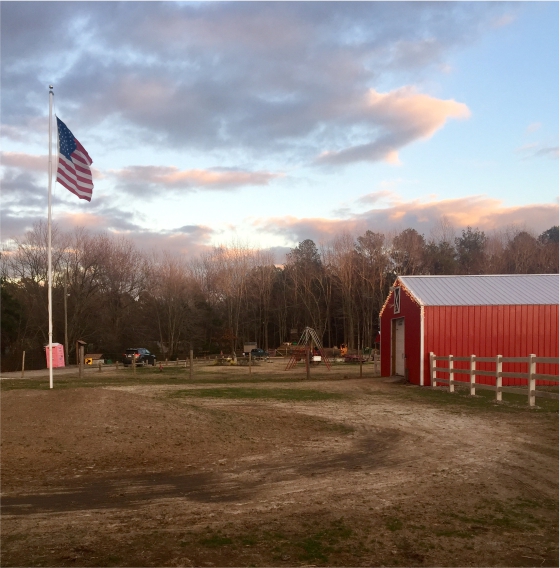
A little slice of Heaven
right here in Virginia Beach
Tidewater Trails and Horseback
There is no simple explanation to how Tidewater Trails became a reality. The short version is two very special people gave their money, time, and land to give two other people every opportunity to pursue the dream of a lifetime.
We have often called this location our slice of heaven right in the heart of Virginia Beach. Our farm was built and is operated out of love and passion for horses. For owners, Robyn and her daughter, it has been a journey of healing after a tragic loss.
The result is a beautiful 400 acre farm with two 10 stall barns, a riding arena, many pastures with run ins, wash stations, and miles and miles of trails.
We offer boarding, lessons, and guided trail rides. During the summer months we offer camps for all ages to enjoy.
BOARDING, LESSONS, TRAILS
Different boarding options available, world class lessons, as well as miles and miles of trails...Where horsing around is totally acceptable!
NEWS YOU CAN USE
Follow our blog. Interesting articles and newsworthy content updated regularly. From lighthearted stories to the humorous and informative.
THE FARM IN PICTURES
If pictures speak a thousand words, then our gallery is the entire book! Enjoy a collection of images that'll make you feel like you're on the farm.
Horseback Riding Tips for a Safer and More Enjoyable Experience
Form fitted outfits are always highly recommended. Baggy pants, bulky sweaters and loose fitting clothing can get caught on the saddle if you should fall off. Think safety before trending fashion styles. Falling off and having your loose clothing getting caught up and not allowing you to hit the ground, could cause you much more injuries than you just hitting the grass and dirt. You certainly don’t want to show up wearing a miniskirt, shorts, or beach sandals or flipflops. Long pants and proper footwear are essential for horse riding. Don’t wear scarves, purses or any other accessories that could get tangled in the saddle, reins, trees or bushes. Your choice of clothing should be determined long before you get to the farm.
If you’re taking a lesson or going out on a guided tour, it’s really important to listen to what you are being told. That goes to the guide, coach, instructor, or trainer. If your guide tells you to ride a specific horse, but you think you’d like to ride the stallion instead, keep in mind that the guide probably has a reason for picking that horse for you. Guides are good at matching riders with horses based on experience, physical traits, etc. Obviously this is a safety issue, but also one of respect for the experts and the appreciation of their knowledge.
First, make sure a greeting is acceptable. Ask your guide and if allowed proceed as follows. Keep in mind that your horse is a living creature, not a vehicle that you can control at your will. The horse could also be nervous, tired or even scared to have someone new riding him. Therefore, to establish a good relationship from the start, greet your horse when you’re introduced to him at the farm. To greet your horse, extend your arm and offer the back of your hand to him to smell and wait until he touches it with his nose. This simple action is called the “horseman’s handshake” and you could interpret it as a way to ask him for permission to ride.
You’ll find that the horses are typically trained to be mounted on the left side. Most possibly, your guide will be holding your horse’s head while you’re mounting, but if that’s not the case, ask someone to do it so he doesn’t move. Lift your left foot into the stirrup, hold both reins with your left hand and propel yourself up with your right leg, moving as smoothly as possible. Don’t push the horse down with your arms, this could hurt him; you can put your hands on his back, but just for balance. Once you’re on and riding, always stay calm and move your body in the rhythm of your horse. Feel the way he is walking and let him rock you from side to side without resisting. If you’re too tense, you might bounce, get thrown off balance and cause some discomfort in your back. Let the horse be. Of course, this doesn’t mean that you can let him do whatever he wants, but you can play the role of a leader, not the one of a dictator. Confidence calms Nerves…Not yours but the horses. If you’re nervous, the horse can feel it and he might become uneasy too.
There’s nothing wrong with just walking. Most horses have four gaits: walk, trot, canter, and gallop. As you might have deduced, galloping is out of the question when you’ve just started with horse riding. The walk is the steadiest gait and that could very well be the fastest you go when riding for the first time. It’s not worth putting your safety at risk just for the sake of impressing someone or for the thrill. You can probably start trotting at some point, but anything faster might not be the wisest decision as a beginner.
Of course, you want to stay on the horse and not fall off. However, it’s a big mistake to tie yourself to the horse, or the saddle or reins in any way. If you do fall off, you want to fall free. This lessens your chance of getting dragged, which could result in far worse injuries than just hitting the ground.
The best position to keep control of your horse is to sit up straight and tall, relax your back, hold the reins gently, set a foot in each stirrup, and hold your balance to not make your horse feel like he’s carrying a heavier load. Of course, many people think that riding is just a matter of having the horse carry them around and all they have to do is just sit there. But, riding is much more than just sitting in the saddle and letting the horse do all the work. Riding is an activity that requires practice, skill, coordination, and balance. After your first ride, you’re going to realize that riding is much more than just sitting there. After a ride, you’re going to have some sore muscles. That’s because you’ve used your body and muscles in a way they’re not accustomed to. It truly is a great workout and health benefit. Like any skill, regular practice will increase your knowledge and ability as well as ease some of the pain.
First off on the reins advice is DON’T LET GO OF THEM. The reins help you control the horse. If you get scared, your reaction might be to toss the reins and hold on for dear life. This could confuse and frighten your horse, especially if you lean down and grab it around the neck. Even if you are scared, hold onto those reins, and listen to what your guide is telling you. When it feels like things are going wrong, don’t panic, take a deep breath. Also, Be gentle with the reins. Your riding technique might depend on which style you’re learning, English or Western. In English riding, you take a rein in each hand, while in Western riding you grab both reins in one hand. Whichever you choose, relax your arms and never pull too hard or you might hurt your horse. There’s rarely a good reason to lift the reins above your shoulder level, your arms should normally form right angles at the elbow. To direct your horse to the left, move the left rein towards the left in a motion similar to opening a door. If you want to steer to the right, just do the same with the right rein. Stop by gently pulling back and pushing the heels down.
Don’t hold the saddle horn for balance. When horse riding in the United States you most likely will find a saddle horn in your horse tack, which you can hold on to. However, you should not count on the saddle horn to keep you balanced. Saddles and stirrups make sitting on a horse more comfortable, and aid in helping the rider keep their balance, but they shouldn’t be used to help you hold on. If you feel unstable, try adjusting your posture, extending your legs or holding the reins more gently. If you make a habit of holding the saddle horn and there’s an unexpected situation along the way, this is an ineffective position to keep your balance and you’ll be more likely to fall. It can turn into a bad habit, and if you really do start to fall, holding onto the saddle may shift it to one side. That’s why you should never get used to holding onto the saddle horn even when you’re just walking. It’s better to learn properly from the get-go instead of developing bad habits that could hurt you in the long run.
Don’t fix your gaze on your horse while you ride. As beautiful as he or she is, you must always keep your eyes on the trail. Staring at your horse would be the equivalent of paying attention to the hood of your car while ignoring the road ahead. It is said that you should look ahead through the horse’s ears. But as long as you keep sight of the path while holding a straight posture, that should be enough to have a safe trail riding trip.
WEAR A HELMET!!!
As mentioned in section one “What to Wear”, wear a helmet. Even when the horse is not moving or traveling faster than a walk, always wear a helmet. If you fall off, you need your head properly protected.
Once you’re ready to dismount, first and foremost make sure your horse is standing still. Also, it’s much better if someone holds the horse while you do so. Get both feet out of the stirrups, lean forward, swing your right leg over the horse, and jump off. Just as when you mounted, try to do it as smoothly as you can. Thank your horse, give him some water and embrace the feeling of being back on the ground after an unforgettable experience. You most possibly won’t be able to wait much longer to get back in the saddle!
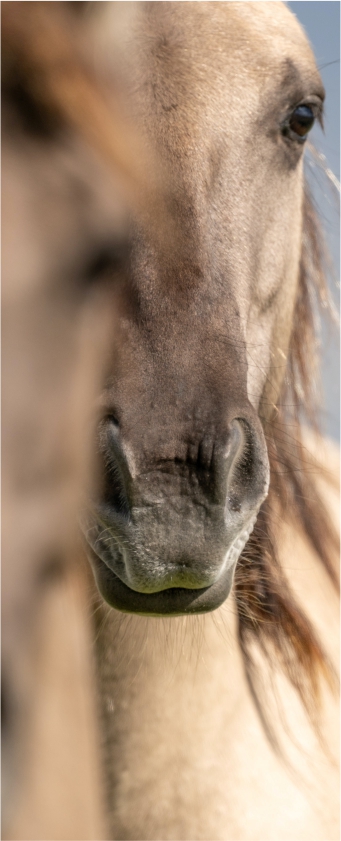
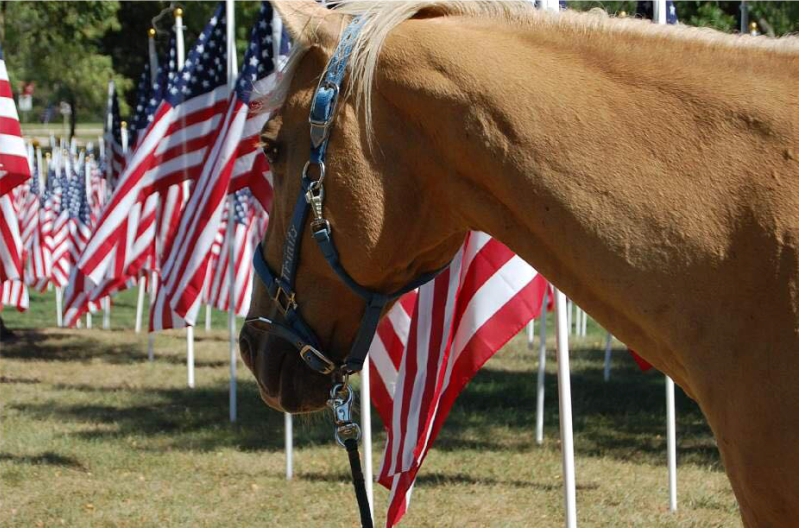
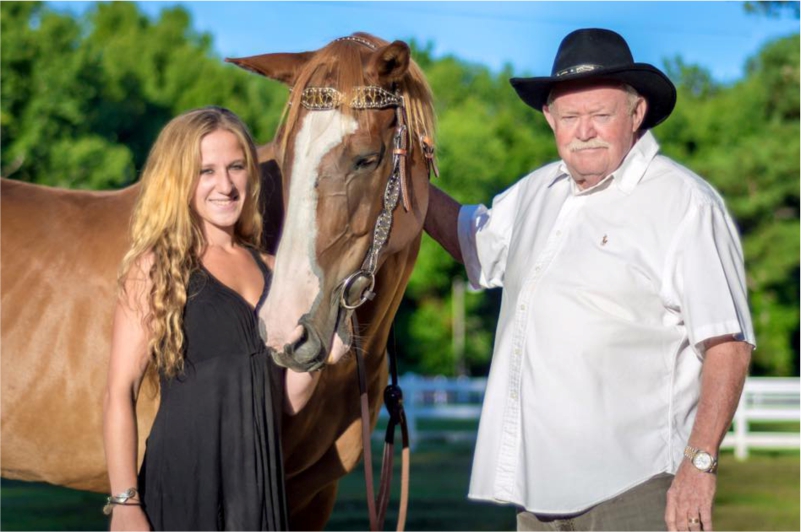
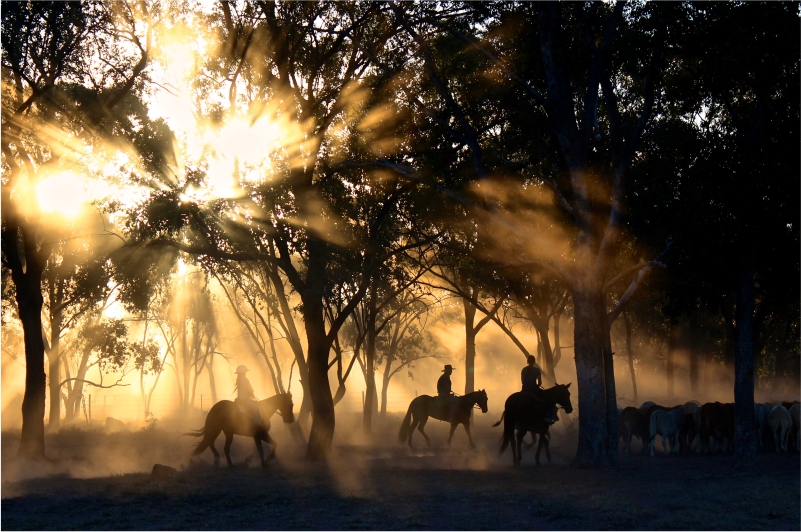
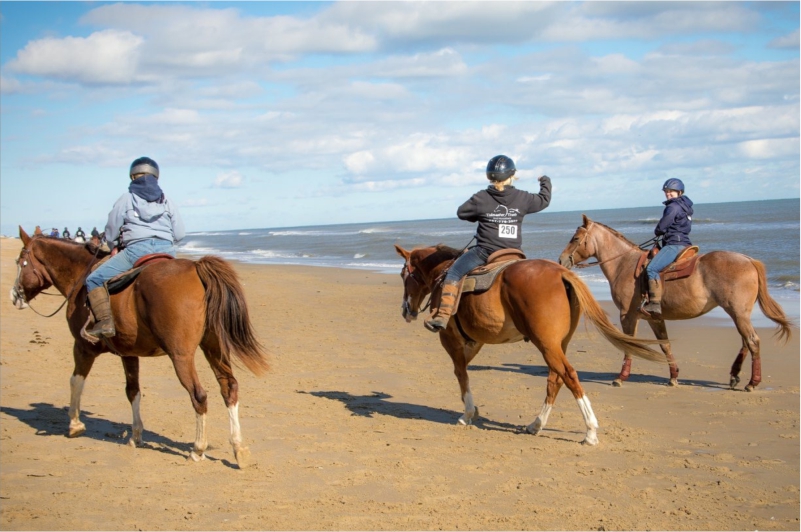
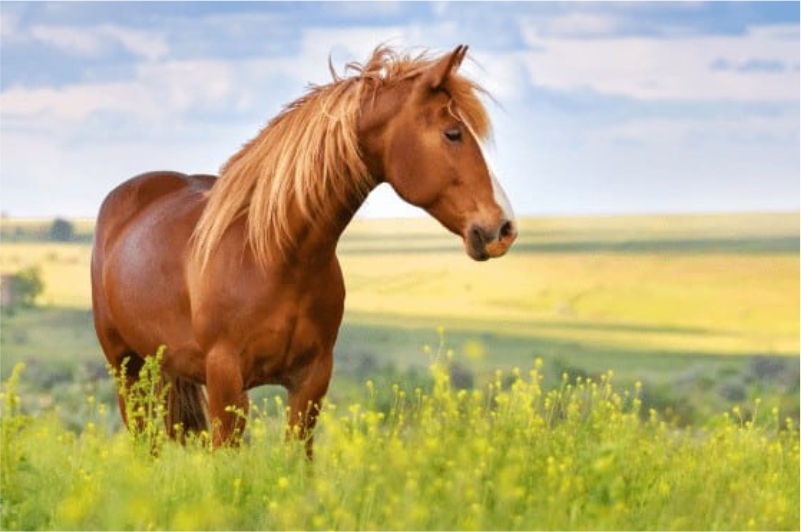
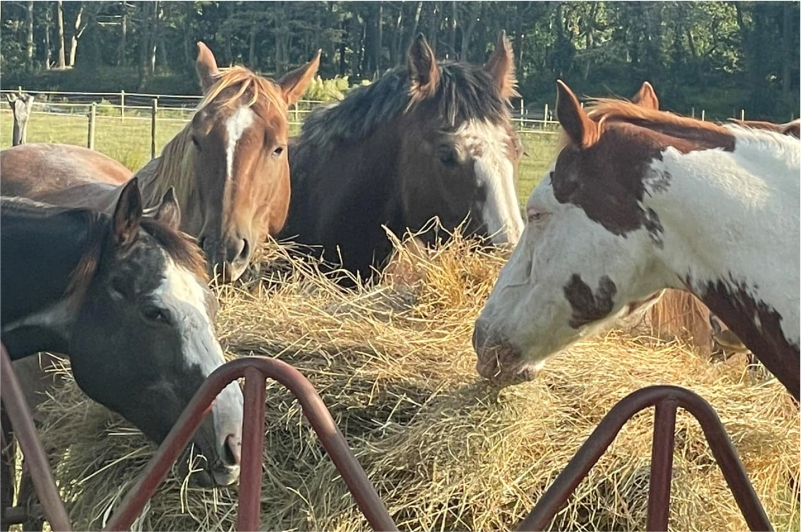
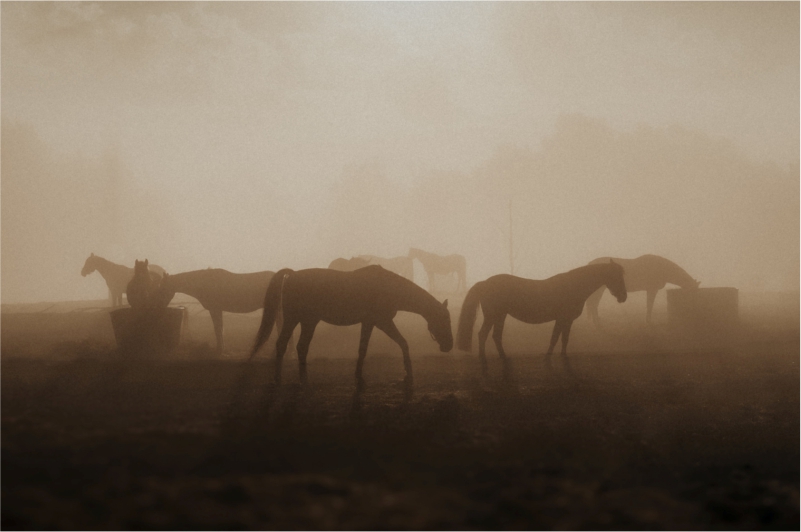
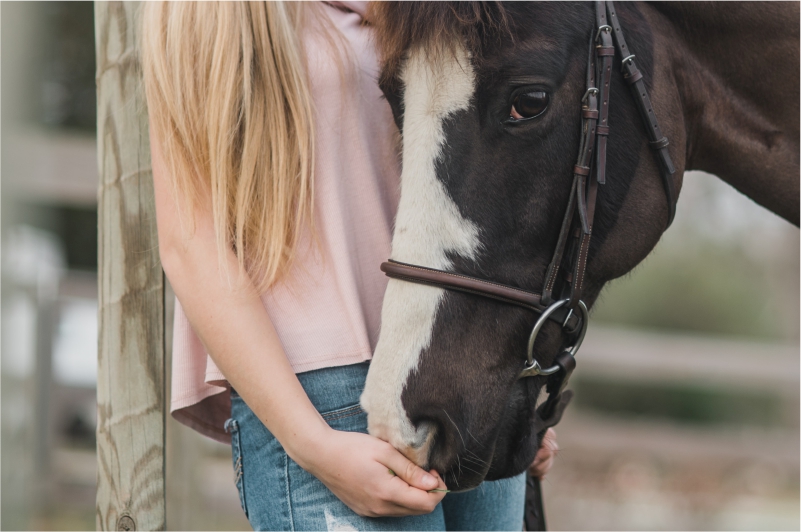
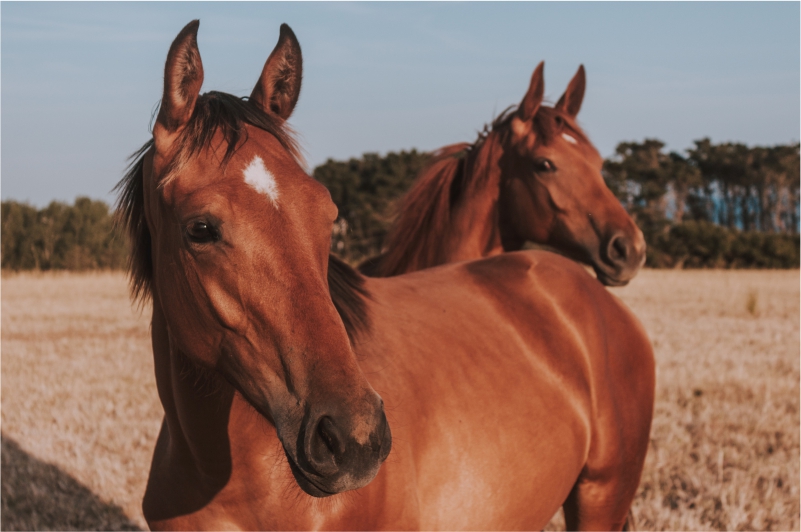
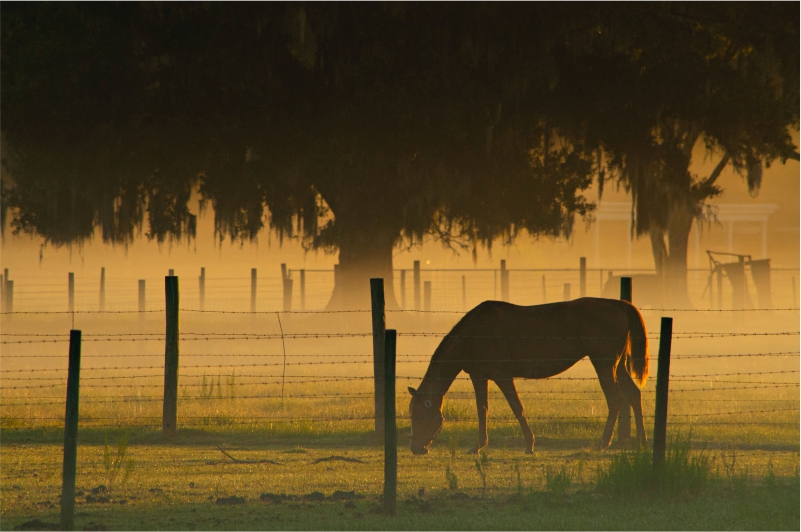
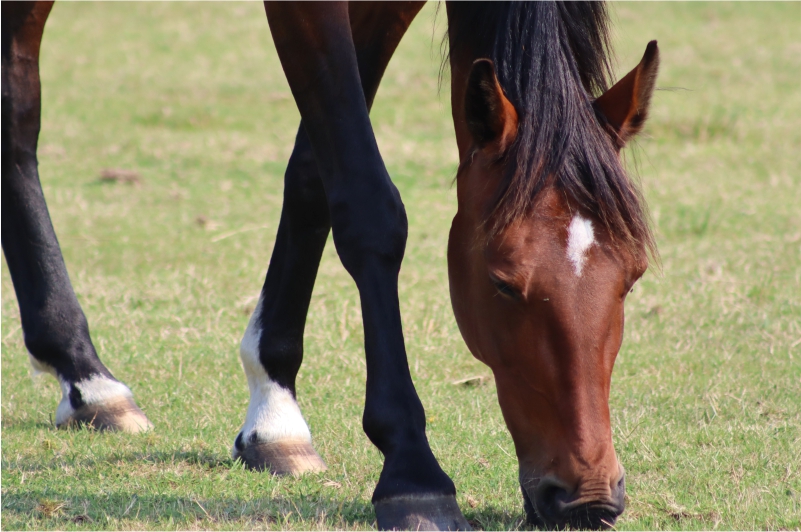
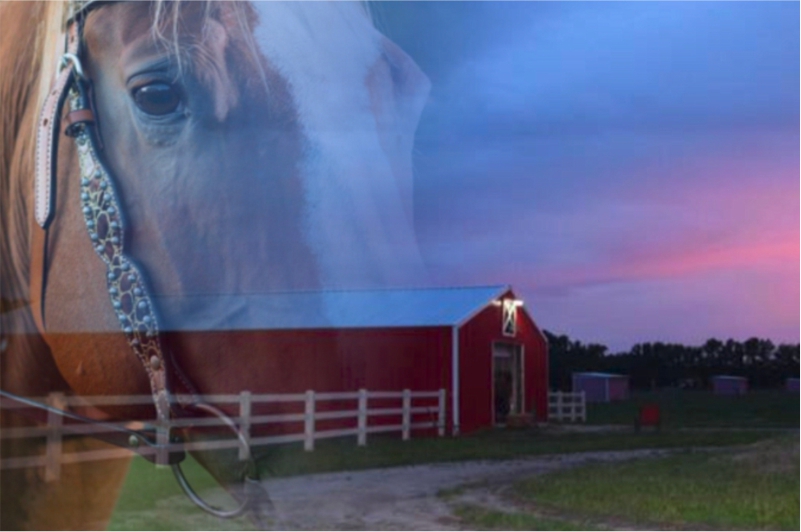
Testimonials
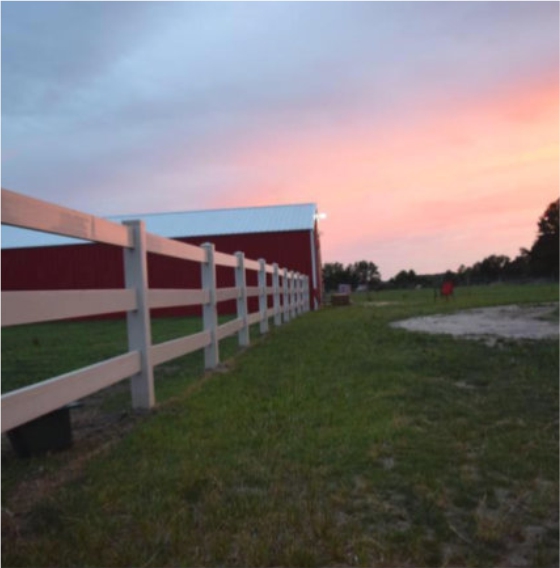
Darla D.
“With two barns, multiple fields, ponds and acres of riding trails on the property, Tidewater Trails is a hidden gem just minutes from the Virginia Beach oceanfront. Many thanks to Carol Harris for giving us a tour. ~ Darla D.
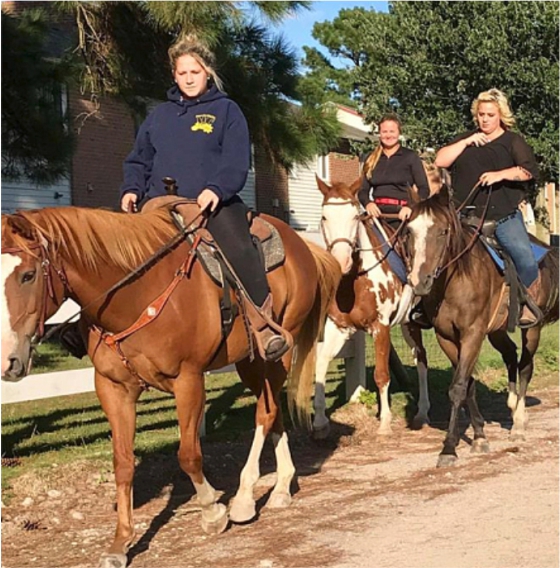
Chantel B.
“Best group at the Beach. Their hearts are in it. All animals are amazingly kept and all staff have that special touch! I’d refer them to everyone I know. Keep up the good work Tidewater Trails, you give a wonderful experience….the kind that leaves you wanting more! ~ Chantel B.
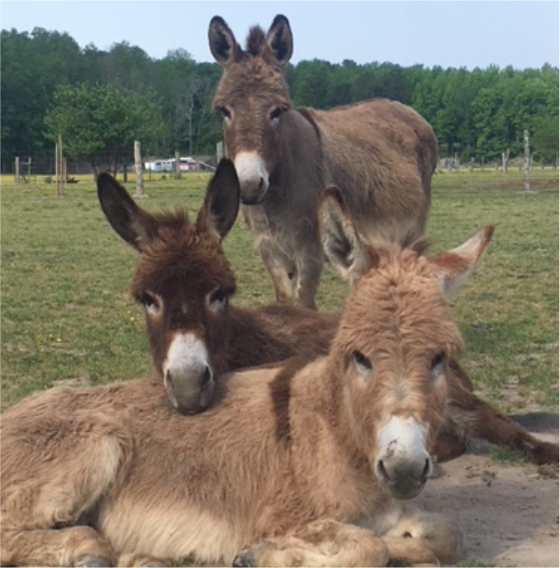
Lesley W.
“My granddaughter just finished going to a mini horse camp and she loved it. Robyn, Jordan and Caroline love what they do and certainly their animals do and they pass that love onto the children. I love spending time at Tidewater Trails. They’re like family and we love them.” ~ Lesley W.
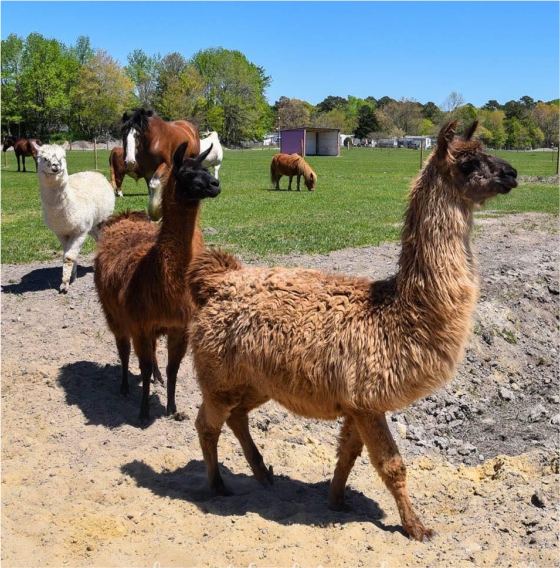
Caroline N.
“Tidewater Trails is a great place to take the family on a ride! The people there are really nice and their horses are well behaved and well cared for.” ~ Caroline N.
